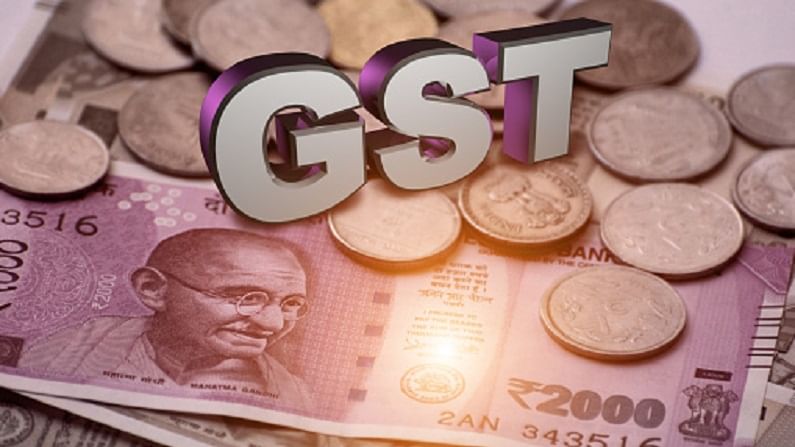Three-tier GST structure on the cards: Will consumers gain or lose?
As long as it is not clear which slabs will be merged, it cannot be ascertained whether consumers will gain or lose.

Soon, there might be only three GST rates as the government is planning rationalisation of the rate structure by merging two slabs. As of now, there are five GST slabs –0.25%, 5%, 12 %, 18 % and 28 %. While the majority of common use and essential goods have been exempted from the levy of GST, luxury goods, demerit, and sin goods attract 28% tax.
“I think the government is definitely seized of the matter. So, we should hopefully see traction on that soon,” KV Subramanian, Chief Economic Adviser said.
He was speaking at a virtual event organised by industry body Assocham.
Many central and state taxes replaced
“The GST, the way it got created with actually five rates, was basically excellent because now we are seeing the impact on GST’s collected that are coming in…. the policymakers then must be given credit for actually being practical enough to say, let’s get it going first,” he said.
GST was introduced in 2017 by the BJP-led NDA government under the leadership of the then Finance Minister Arun Jaitley. GST replaces over a dozen central and state taxes such as excise duty, services tax, value-added tax (VAT), etc.
“The three-rate structure is something… definitely important and even the inverted duty structure is also equally important to actually fix.”
GST Council
As long as it is not clear which slabs will be merged, it cannot be ascertained whether consumers will gain or lose. For example, 12% and 18% slabs are merged into a single slab of 18%, items such as medical equipment which at present attract 12% tax will cost more at 18% GST.
It is the GST Council that decides on tax rates, exempted goods, and thresholds. The Council is chaired by the Union Finance Minister. It has the Minister of State in charge of revenue and state finance ministers as members.
GST Collection
GST collection slipped below Rs 1 lakh crore in June as businesses and economic activities were hit by the second wave of Covid-19
At Rs 92,849 crore, GST collection was the lowest in 10 months since August 2020, when it was Rs 86,449 crore. The GST collections in June 2021 are primarily for supplies made in May — a month when most states were under different levels of lockdown, reducing business activity.